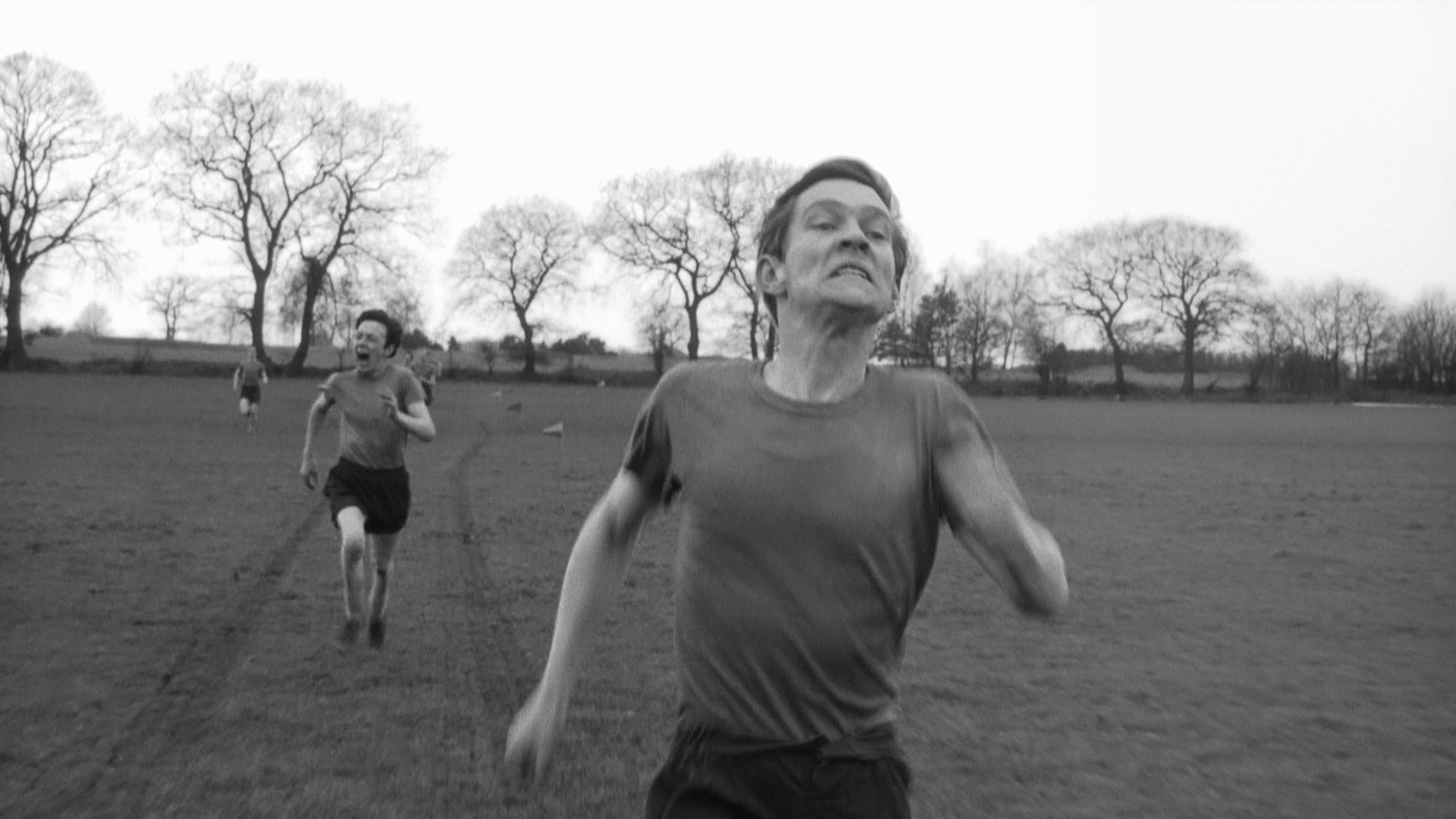Waste and Calculation

In 1969, Italian semiotician Umberto Eco called sports “calculated waste.” By his lights, sports sap the people’s will as a particularly pernicious aspect of mass culture. Not only do they “mask the problem” by blinkering fans and players alike to broader social ills, they blunt and neuter political resistance by virtue of the many homologies that obtain between the athletic and political spheres. World Cups, in this telling, are the worst of the contemporary instrumenta regni. They’re the Roman circuses of the present-day. (What would Eco make of Gianluigi Buffon, the Italian goalkeeper who proudly overacts his role to remind that audience that all sport is “truly just a circus” of enchantments and transgressions?)
When he made them in the late sixties, Eco’s arguments accorded neatly with a set of leftist arguments about the logic of capitalism. Guy Debord published La Société du spectacle in 1967 and Adorno’s Asthetische Theorie appeared in 1970. Both texts—together with Eco’s essays on soccer—skewered the complicity of sports in the creation of the spectacle. For Debord, competitive sports fail to arouse “truly playful feelings.” They heap up the “spectacular abundance” of false choice that numbs the mind with trivialities. Similarly, Adorno argued that sports (the “dominant extra-aesthetic form of play”) habituate us to the very forms of capitalist labor and praxis we seek to escape via recreation.
In their skepticism, all three writers departed from an important series of films and texts produced in the early sixties that looked more closely—and more optimistically—and sports. Roland Barthes, whose short meditations on wrestling and cycling were published in the mid-fifties and collected in Mythologies in 1957, devoted months to the script of a CBC documentary screened in 1961 as Le sport et les hommes. The work is largely unknown; the script wasn’t even published in Le Seuil’s five-volume collection of Barthes’ works. It took until 2007 for an English translation to be made. Mostly composed of found footage, the film examines bullfighting, car racing, cycling, hockey, and soccer. True to form, Barthes dissected the symbols pervading each sport. But, just as he’d prefaced Mythologies by deploring the inadequacies of “demystification” as a political strategy, Barthes saw something more complex at play. He concluded the script thus: “Why this useless combat? What is sport? What is it then that men put into sport? Themselves, their human universe. Sport is made in order to speak the human contract.”
A year later, French filmmaker Louis Malle’s short documentary Vive le Tour tracked the 1962 Tour de France. It’s a tender love-letter to the sport of competitive cycling and the infrastructure that makes it possible. Racers piss on country roads, villages come to life with fans, nuns cheer, monks snap photos, popsicles and cold beers are passed from bike to bike. An army of French spectators pushes riders up mountains, tosses them water bottles, stuffs newspapers down their skintight shirts as temperatures drop. As the narrator drily remarks, “some spectators end up more exhausted than the racers.”
Finally, Tony Richardson’s seminal 1962 film The Loneliness of the Long Distance Runner took up sports as a privileged site of class conflict in post-war England. Working-class teenagers labor in a boys’ reformatory. The genteel governor marshals his charges for a cross-country competition against an elite public school, pinning his hopes on the talented, rebellious Colin Smith. The film depicts both the crushing poverty of industrial Nottingham and the grim trappings of a carceral regime. At the climax, the race between the prisoners and the privileged, Colin leads the way before halting at the finish line in a triumphant gesture of resistance and staring down the governor. He sizes up the means by which athletes can transform their arenas from spaces of control into spaces of impassioned protest.
If sporting contests are part of a continuum of politically meaningful “tests” (as Luc Boltanski and Ève Chiapello argue convincingly in Le nouvel esprit du capitalisme), they can be critiqued either correctively or radically. That is to say, the features which confer unfair advantages on some over others can be laid bare and picked over; or their very ends can be called into question. Richardson’s film does both, as did real-life athletes throughout the sixties. By the late sixties, Muhammad Ali’s increasingly militant speech skewered the spectacle more effectively than Debord or Eco might credit.
These films do a better job of confronting the lived reality of athletics, attending to the aesthetic and political potential of sports. They offer a richer set of examples for understanding the charged world of sporting discourse today, one in which NBA players support the #BlackLivesMatter movement at games and college amateurs win progressively larger battles to better their lot. As Malcolm X wrote of Ali, “I suspected there was a plan in his public clowning.”